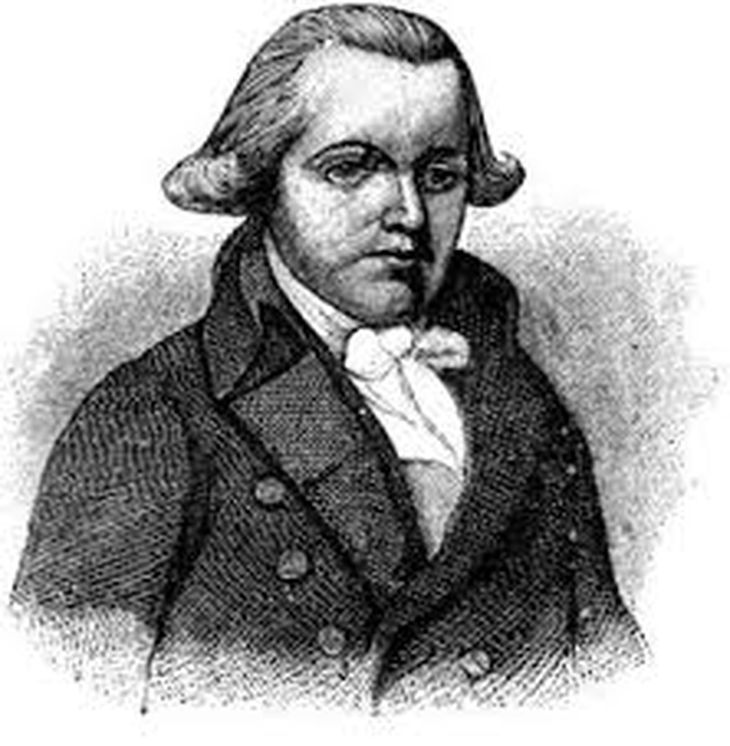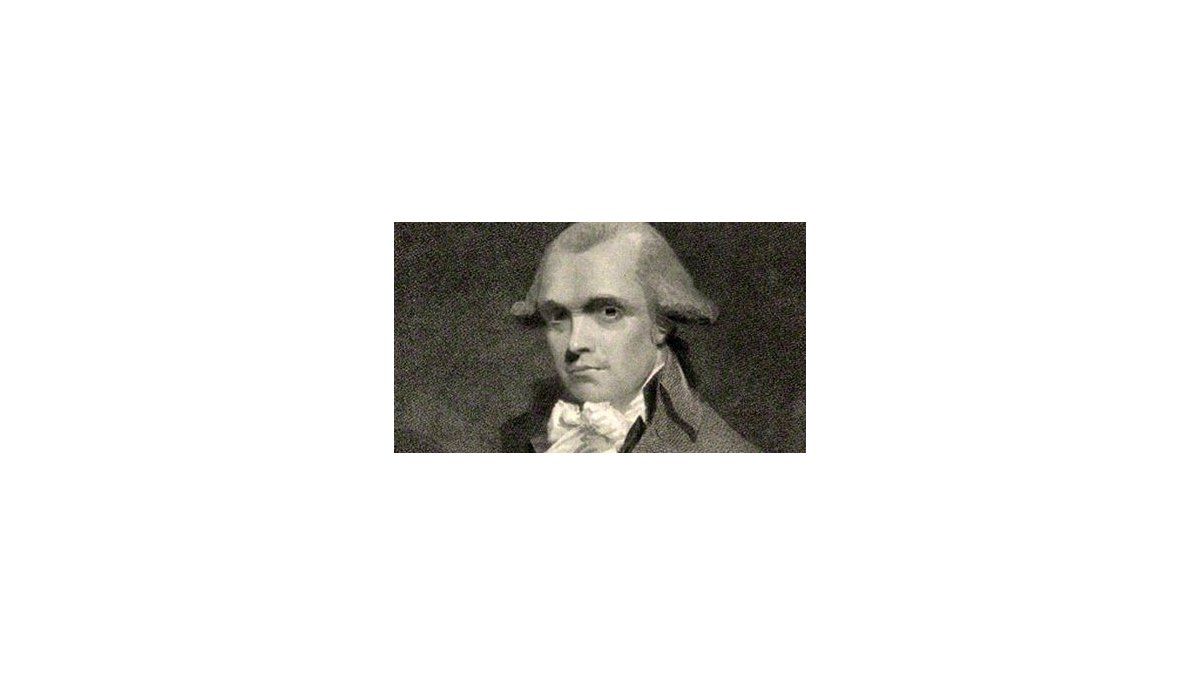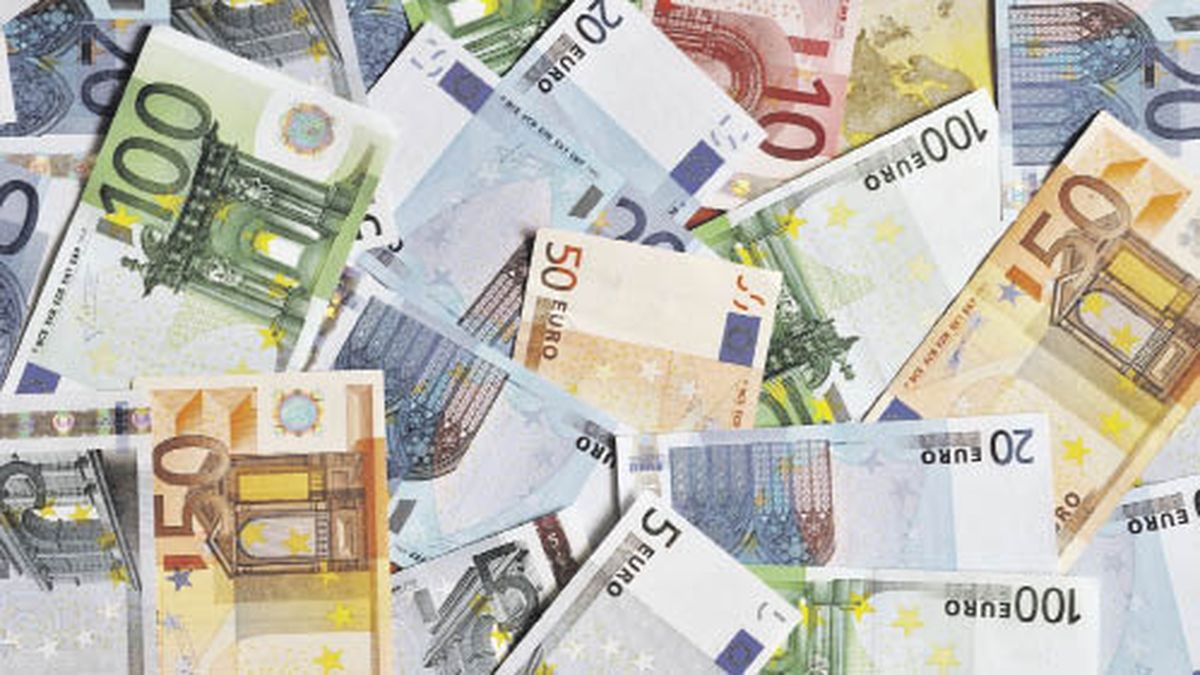Started in the shoe store, he is the creator of the modern bookstore. What was his life like and what is his legacy.
In it 18th century The rules were different from now. For example, Books were an object that was only available to the upper classesan element that denoted power and wealth. At the same time that this was happening, James Lackington He learned the refined art of shoemaking from his father.
The content you want to access is exclusive to subscribers.
At the same time, this boy had already demonstrated his soul as an entrepreneur, since he was selling food on the streets of Wellington at the age of ten. Although he practiced the inherited profession, he decided to take an important turn and He went to earn a living in London when he was twenty-five..


A self-taught reader, Lackington had a vision that differed from the common thinking of the time. With the little money he had, he was able to open a bookstore/shoe store with which he began to attract attention. And it is that did not discriminate against its buyers and he sold to whoever was interested in one of his books, or as he called them, a tool for happiness.
lacikngton.jpg

The changes that Lackington introduced to his library
The fame of “The Temple of the Muses” It came not only because of Lackington’s philosophy, but because of the revolutionary modifications it brought to the bookstore model to completely modernize it. On the one hand, books were treated like jewelry back thenand no one could even touch them. The bookseller changed this paradigm, and allowed its clients to browse the necessary number of pages to confirm the purchase they were going to make. He even prepared reading rooms for that purpose.
The arrangement of books was another invention of Lackington, who in his four-story bookstore placed the cheapest at the topwith the aim of making customers go through the entire store in search of good prices. In addition, left the best-sellers at the entrance so that they are closer at hand.
On the other hand, Lackington also saved the booksa move that angered its competitors. And not only did it lower prices, but it banished another custom of burning remaining books. Instead, He saved them and put them up for sale for ridiculous prices. Besides, eliminated the sale of books with installments and interestwhich gave him liquid money to continue buying new books.
His idea of a bookstore for everyone came true. Other places had to adapt to his rules and he managed to get the books out of the hermetic circle of the rich. He even dared to launch a print run of a work unknown at the time: it was Frankenstein by Mary Shelly.
“The Temple of the Muses” became a historic site, and passed into the hands of a relative of Lackinton, when he was going through the last years of his life. Finally, The bookstore caught fire and was never restored.. But today, if we go to a bookstore, we can caress those new pages openly knowing that Lackinton’s work was worth it.
Source: Ambito




